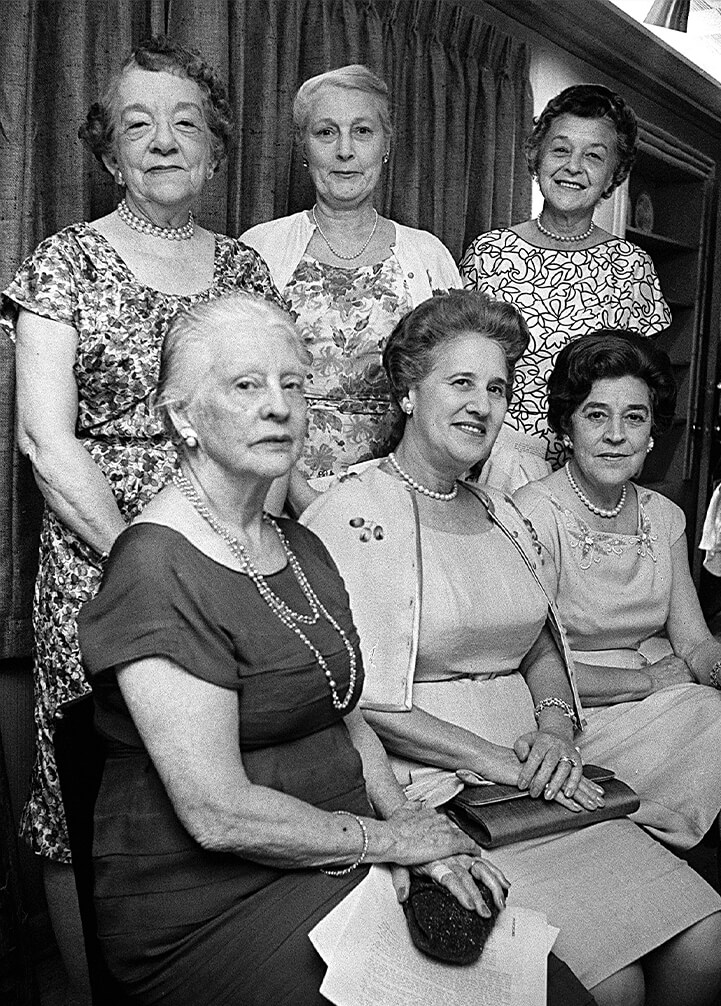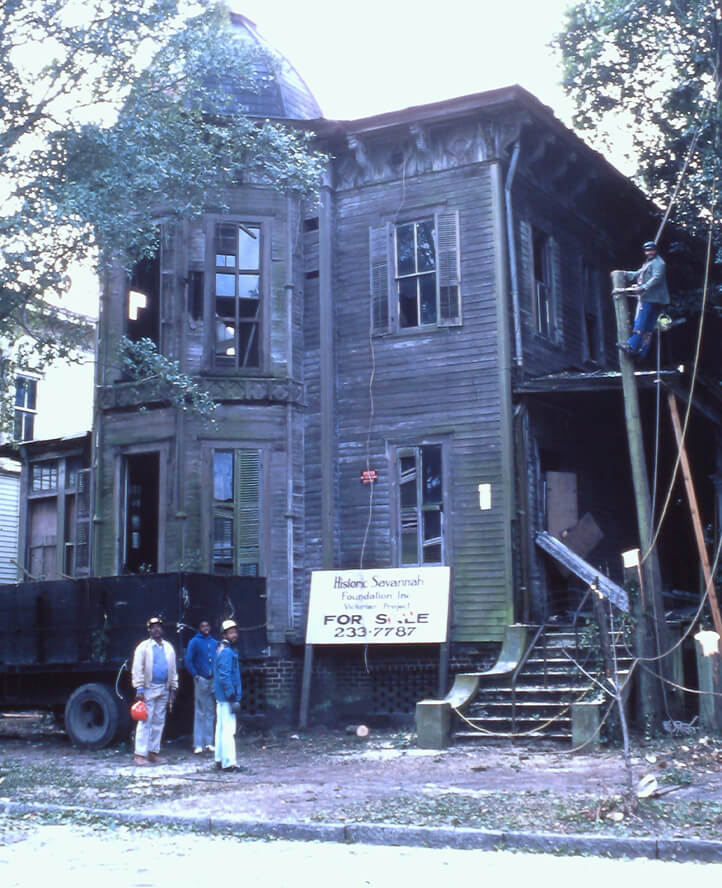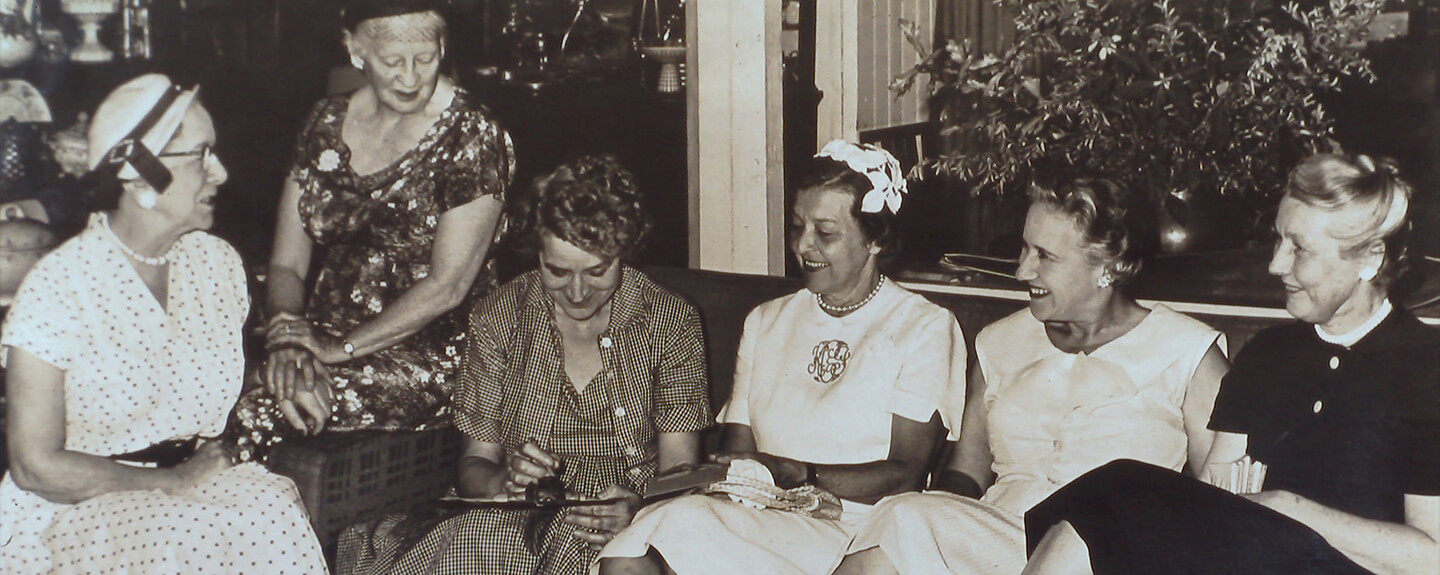
OUR STORY
Savannah is unique among American cities. Lauded for its ingenious Oglethorpe Town Plan—which remains remarkably intact—the downtown area includes picturesque squares graced with an abundance of 18th, 19th, and early 20th century architecture. Savannah boasts one of the largest National Historic Landmark Districts in the country, but the Landmark District is just the tip of the iceberg. There are more than a dozen additional historic districts throughout the city and county, and each features its own character and charm.
However, it was not always this way.
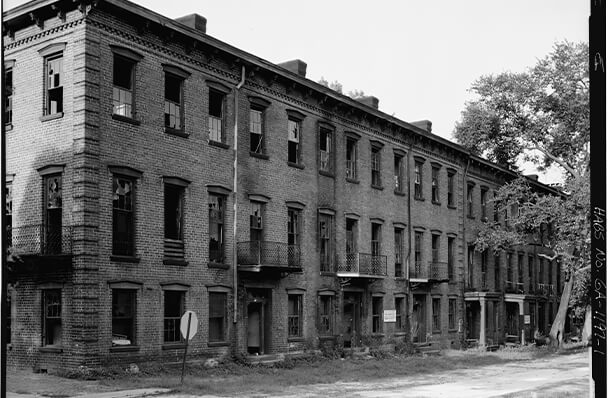
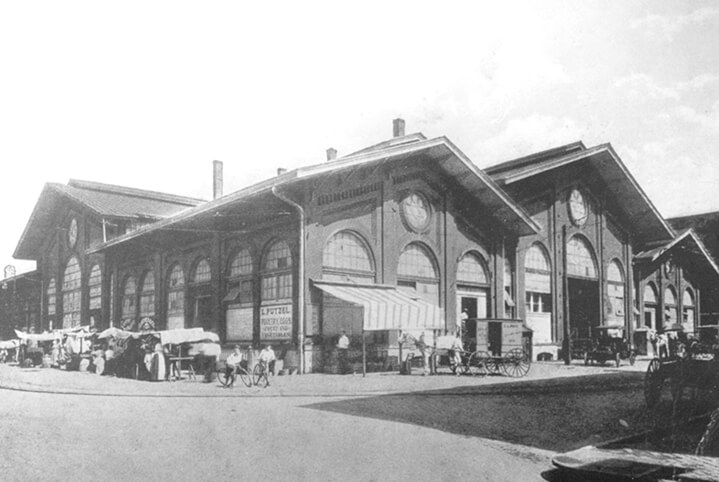
A half century of economic decline— due to automobile-oriented suburban development in post-World War II— signaled downtown’s demise.
By the mid-1950s, much of the downtown was wallowing in disinvestment and decay. Buildings were blighted and empty, crime was high, residents were fleeing to the southside, and there was little to no tourism. In 1954, the demolition of the beloved City Market on Ellis Square for a parking garage served as the catalyst for a nascent preservation movement.
By the following year, another serious threat arose— a nearby funeral home was set to purchase the c.1820 Isaiah Davenport House to tear it down for a surface parking lot.
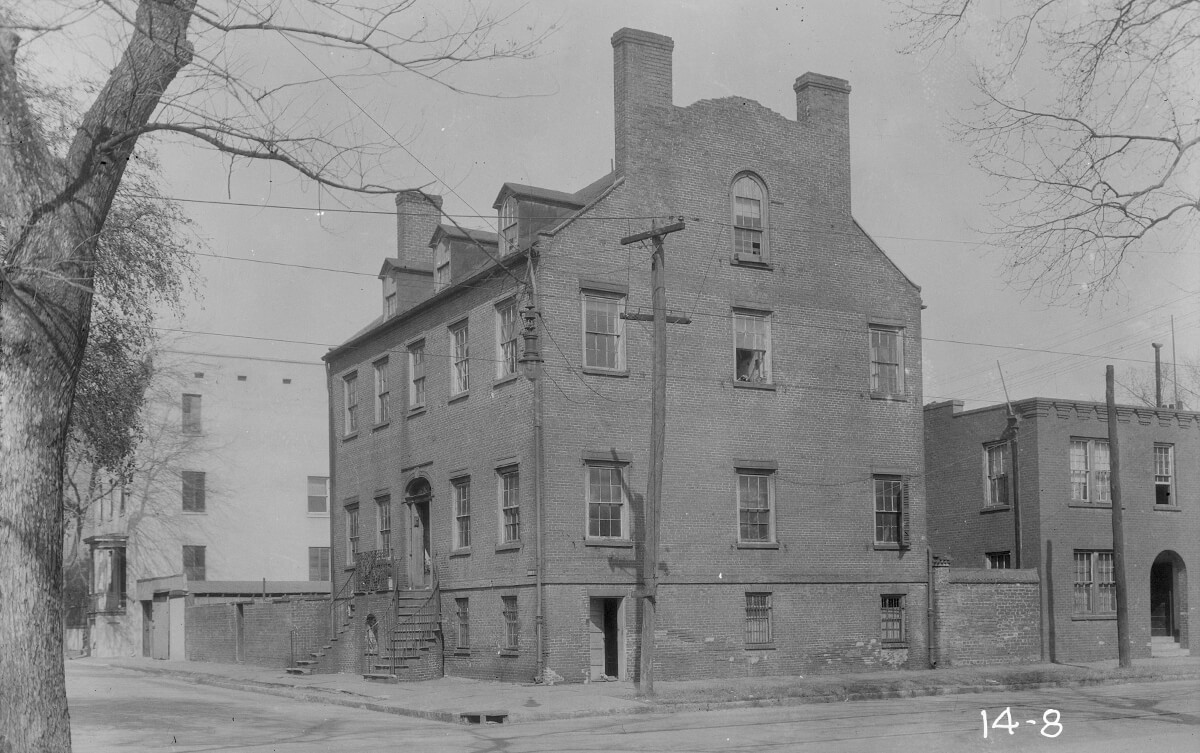
What began as an effort to save one house quickly turned into an organized movement that went on to save an entire city.
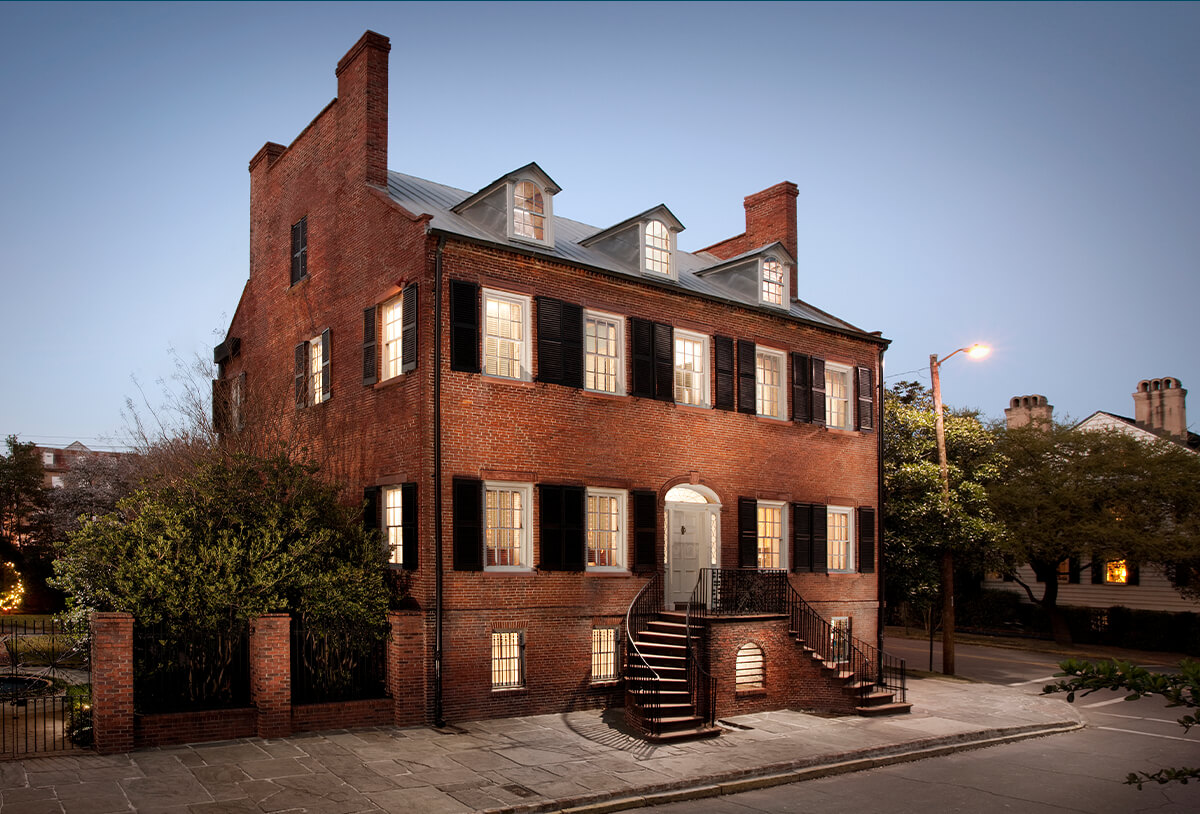
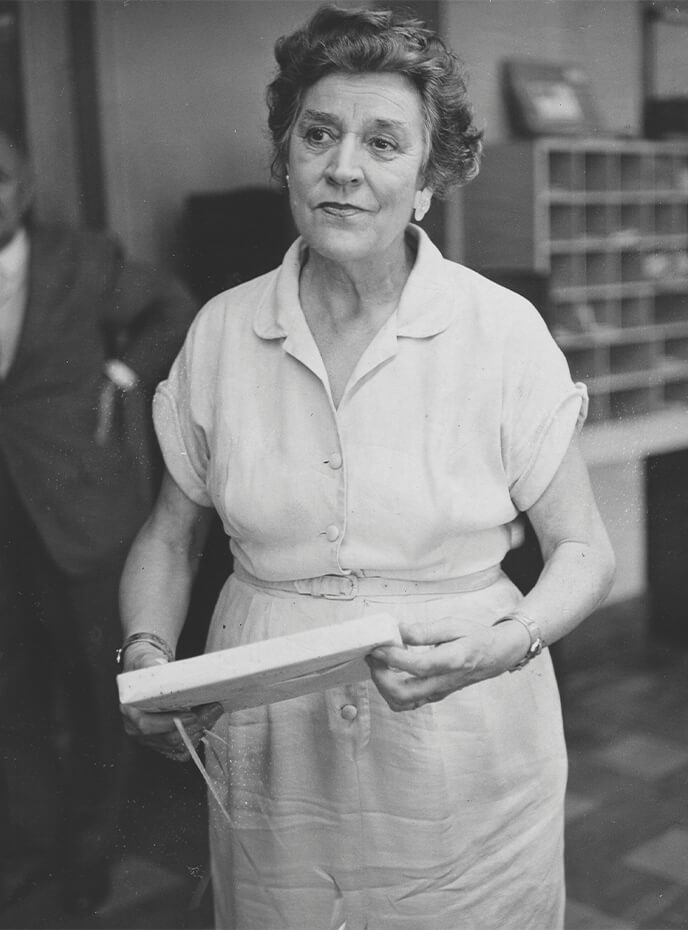
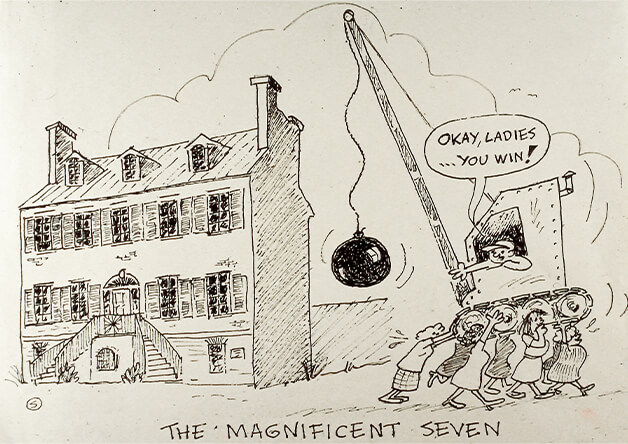
HSF has since grown into one of the most respected local preservation organizations in the country, emphasizing not only the protection of individual historic buildings but also the revitalization of blighted neighborhoods.
Since the early 1960s, HSF has raised private capital and used its Revolving Fund to acquire and save more than 400 endangered historic buildings that would have otherwise been lost.
Through this proactive approach, HSF positioned itself as a credible and forward-thinking non-profit organization that puts its money where its mouth is— saving the buildings, places, and stories that define Savannah’s past, present, and future.
Year-in and year-out, HSF demonstrates the economic, cultural, and social benefits of preservation as smart public policy. Anyone who has visited Savannah can see that preservation is, arguably, the backbone of the economy and, inarguably, what makes it different from any other city in America.
Local journalist, artist, and activist, Anna Colquit Hunter, gathered six of her friends to block the demolition and formed Historic Savannah Foundation (HSF).
This group of seven ladies, led by Hunter’s vision and their collective will and connections, purchased the property for $22,500. What began as an effort to save one house quickly turned into an organized movement that went on to save an entire city.
HSF saved and preserves the Davenport House Museum to this very day. Visit us and see where Savannah’s preservation story began.
